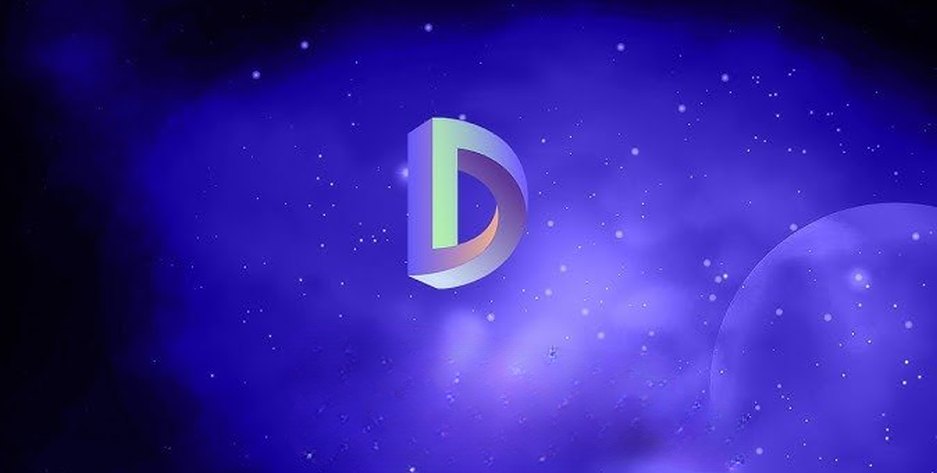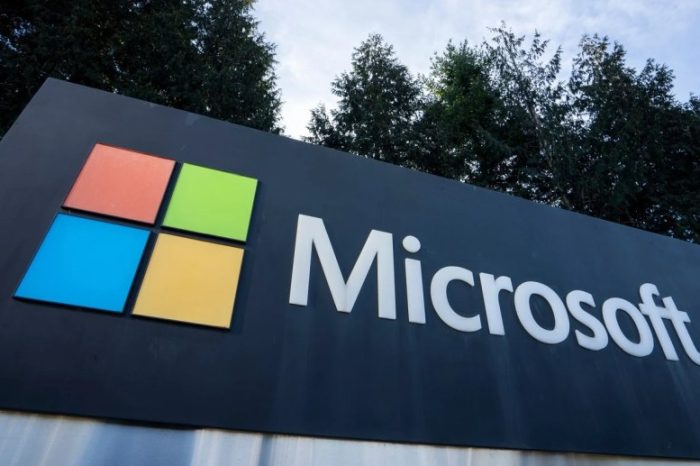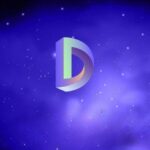DIA unveils Lumina, a new Oracle architecture with a trustless rollup-based design; testnet launching soon

DIA, a blockchain oracle platform supporting decentralized finance(DeFi) application data, has introduced a new oracle architecture called ‘Lumina.’ With its testnet launch on the horizon, Lumina aims to tackle the ongoing lack of truly decentralized and trustless data infrastructure for web3, setting new standards for oracles and enhancing the utility of its native token, $DIA.
Lumina’s design features modular components that provide advanced oracle capabilities, including sourcing, verification, storage, processing, and delivery. All of Lumina’s core operations are handled on DIA’s native L2 rollup, ‘Lasernet,’ which leverages recent advancements in Ethereum scaling technology.
DIA is focused on delivering secure, efficient price data for any asset on any chain—transparent, trustless, and verifiable.
DIA takes a fresh approach to data sourcing and delivery by directly obtaining first-party data from around 100 decentralized and centralized trading venues. This method offers web3 projects a clear understanding of data origin, computation, and delivery processes, allowing them to adapt quickly to shifting market conditions.
The platform’s modular architecture reassesses trust at every stage of the value chain. Staking mechanics motivate a distributed network of nodes to collect raw trade data from over 100 exchanges, with the platform’s native token, $DIA, securing these contributions. Zero Knowledge components ensure data verification and the transparency of computations performed. Price data storage and computation are managed on ‘Lasernet,’ providing an immutable and scalable on-chain processing layer. A decentralized messaging protocol then distributes the data across necessary chains.
DIA has already established itself as a versatile and transparent cross-chain oracle, integrated with over 50 L1s and L2s and supplying data to more than 200 dApps. The platform specializes in delivering customizable data feeds for both on-chain and off-chain information.
Zygis Marazas, DIA’s Head of Product, remarks, “Lumina brings together four years of innovation in web3 infrastructure into a single product. It represents our vision of a fully decentralized, trustless oracle network that ensures maximum security and trust, while maintaining the flexibility to accommodate any use case.”
The rollout of DIA Lumina will happen in stages, starting with the Lasernet testnet and an early staking campaign. Next, a closed Lasernet mainnet will launch alongside live staking, followed by an open mainnet phase to enable broader participation.
Paul Claudius, co-founder of DIA, comments, “Our new architecture marks a major shift for oracles and their users, addressing long-standing industry limitations. We’re thrilled to bring our founding vision to life—truly decentralized and transparent oracles that can be seamlessly integrated with our existing partners.”
DIA, founded by Paul Claudius and Michael Weber, is an open-source platform that connects smart contracts to external data sources. Its Quant price oracle provides real-time price feeds for cryptocurrencies, while the Oracle Deployer tool allows anyone to define, deploy, and manage their oracles.
Decentralized Information Asset (DIA)
DIA (Decentralised Information Asset) is an open-source platform that sources, supplies, and verifies data essential for the decentralized finance ecosystem. As a critical piece of infrastructure, DIA functions as an oracle, providing the reliable data DeFi applications depend on.
As a trustless oracle network, DIA delivers data feeds for any token, LST, RWA, random numbers, and more, to any blockchain. The network is permissionless, enabling participation from nodes and stakers in distributed data sourcing, backed by crypto-economic and cryptographic methods. The ‘Lasernet’ rollup on Ethereum’s L2 ensures trustless computation and full verifiability.
DIA’s extensive library now serves hundreds of dApps, offering data for over 20,000 digital assets, random number generation, contract state data, tools for creating and monitoring data feeds, and more.




